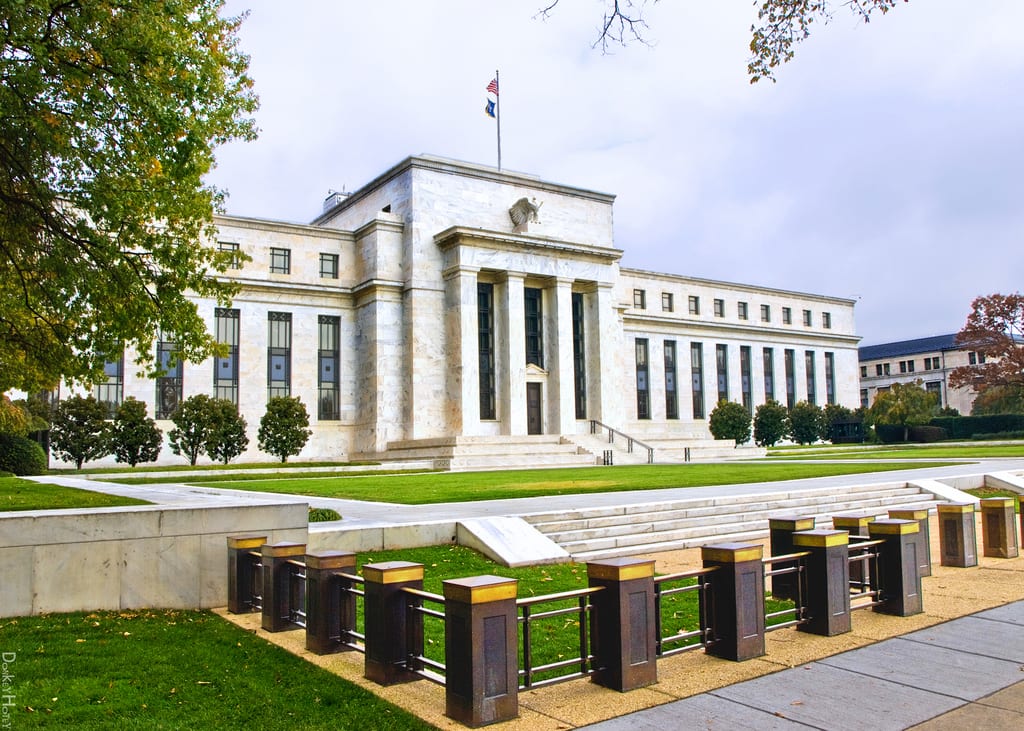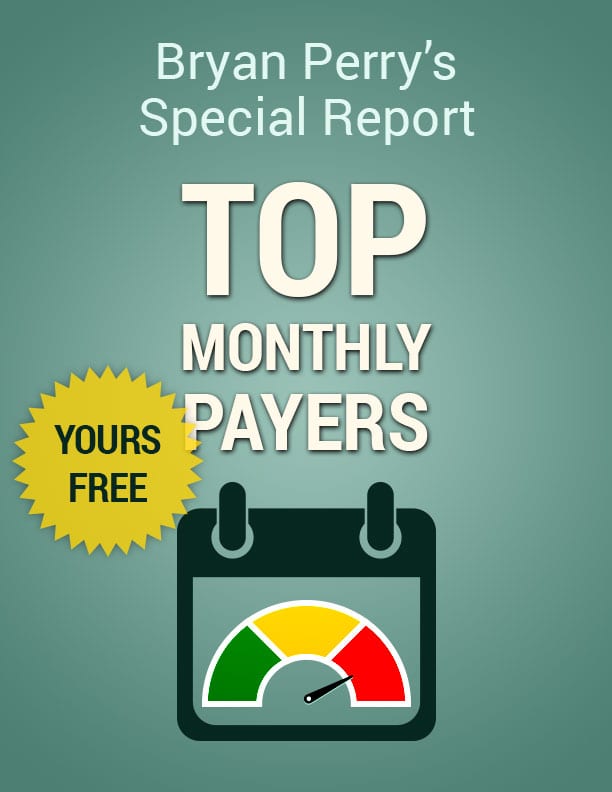The Federal Reserve has made it succinctly clear that future action on fiscal policy is data dependent. Well, if that’s the case, then the U.S. central bank may as well head off to the Hamptons for the summer months because “the data” have offered nothing to write home about. Markets have been pressing higher in front of some key economic reports and the bottom line is the U.S. economy laid a pretty hefty-sized egg for the first three months of 2015.
The U.S. government reported last Friday that first-quarter gross domestic product (GDP) was revised down to -0.7% in the second estimate from an originally reported +0.2%. GDP increased 2.2% in Q4 2014. The first-quarter 2015 dip marks the first contraction in GDP growth since Q1 2014. Unfortunately, that weak Q1 2015 GDP report wasn’t the worst of it. Real final sales, which strips out volatile inventories, declined 1.1% for that quarter. That drop exceeded the 1.0% decline from Q1 2014 and was the biggest real final sales drop since a 3.3% decline in Q1 2009.
That would suggest that economic growth trends in Q1 2015 were some of the worst seen since the Great Recession. The Bureau of Economic Analysis admitted that there are some seasonal adjustment problems with first-quarter growth rates. As expected, the revisions were mostly focused on trade and inventories. The real trade deficit was revised negatively to -$548.4 billion from -$522.1 billion in the advance release and inventories were revised down from $110.3 billion in the advance release to $95.0 billion.
Personal consumption expenditures were revised down a modest 0.1 percentage points to 1.8%. That was the smallest consumption gain since a 1.2% increase in Q1 2014. Lastly, government spending was revised down to -1.1% from -0.8%. A soft report all around.
Adding another dose of weak economic data, the Chicago PMI declined to 46.2 in May from 52.3 in April. Economists’ consensus expected the PMI to increase to 53.0. That was the third time the Chicago PMI has fallen below 50, the expansion/contraction threshold, in the last four months. With the exception of the Prices Paid Index (51.2 from 43.1), all of the sub-indexes declined and also contracted in May.
The Production Index dropped to 45.8 in May from 52.7 in April. That move came as both the new orders (47.5 from 55.1) and unfilled orders (47.3 from 48.5) indices softened considerably. The Employment Index fell to 48.0 in May from 54.0 in April. That was the lowest reading since reaching 47.9 in April 2013. Fortunately, consumer sentiment, as measured by the Michigan Sentiment Survey, came in at 90.7, slightly above the 90.0 consensus, probably because the fear of higher interest rates has diminished.
The fiscal hawks and CNBC pundits that have been getting a lot of air time date-setting just when the Fed will begin to hike rates should go back to the drawing board. Not only is the first quarter of 2015 in the tank, much of what has been crossing the tape in the form of data points for the second quarter hasn’t fared much better. With the exception of a record wave of mergers and acquisition (M&A) deals, the nuts and bolts of the general economy do not have it firing on all cylinders as it should be following a $6 trillion injection of domestic quantitative easing (QE).
While the news of late might sour on those economists with an overly optimistic and rose-colored outlook, it’s a very bullish backdrop for dividend investing for almost every class of income security. Seeing the 10-year Treasury hitting the upside wall at 2.35% and now retracing back down to 2.11% is akin to a buy signal for dividend-bearing assets. At this juncture, I would expect any future chatter to the Fed acting on rates to have a 2016 reference attached to it.
No doubt, there’s a lot of humble pie to pass around at CNBC and Bloomberg as well. Both networks have fueled wrongful speculation when the numbers simply haven’t been there to support it. Sadly, a few arrogant Fed governors have gotten it wrong as well, calling for fiscal tightening when the evidence just isn’t there. All this has confused investors and, in my view, explains the current trading range that the market is locked into, albeit with a mildly upward bias.
To that end, investors seeking yield need not worry about the Fed and should use any notable dips in selecting high-yield investments, preferably those in the Cash Machine model portfolio that is crafted upon the dynamic use of sector rotation with a strong emphasis on balancing risk and reward that results in a blended yield of around 10%.
Closed-end funds like the Guggenheim Enhanced Equity Income Fund (GPM) are an example of how big yields are produced. The fund owns long various index ETFs that track the major averages while selling covered calls against those ETFs. It is a very effective strategy that generates an 11% annual dividend yield with its next quarter dividend set to trade ex-dividend around June 10, right around the corner. Finding double-digit percentage payouts means taking a non-conventional approach to yield investing, but that’s what makes Cash Machine a great source of these kinds of strategies.
In case you missed it, I encourage you to read my e-letter column from last week about how to generate income from market volatility. I also invite you to comment in the space provided below my commentary.




